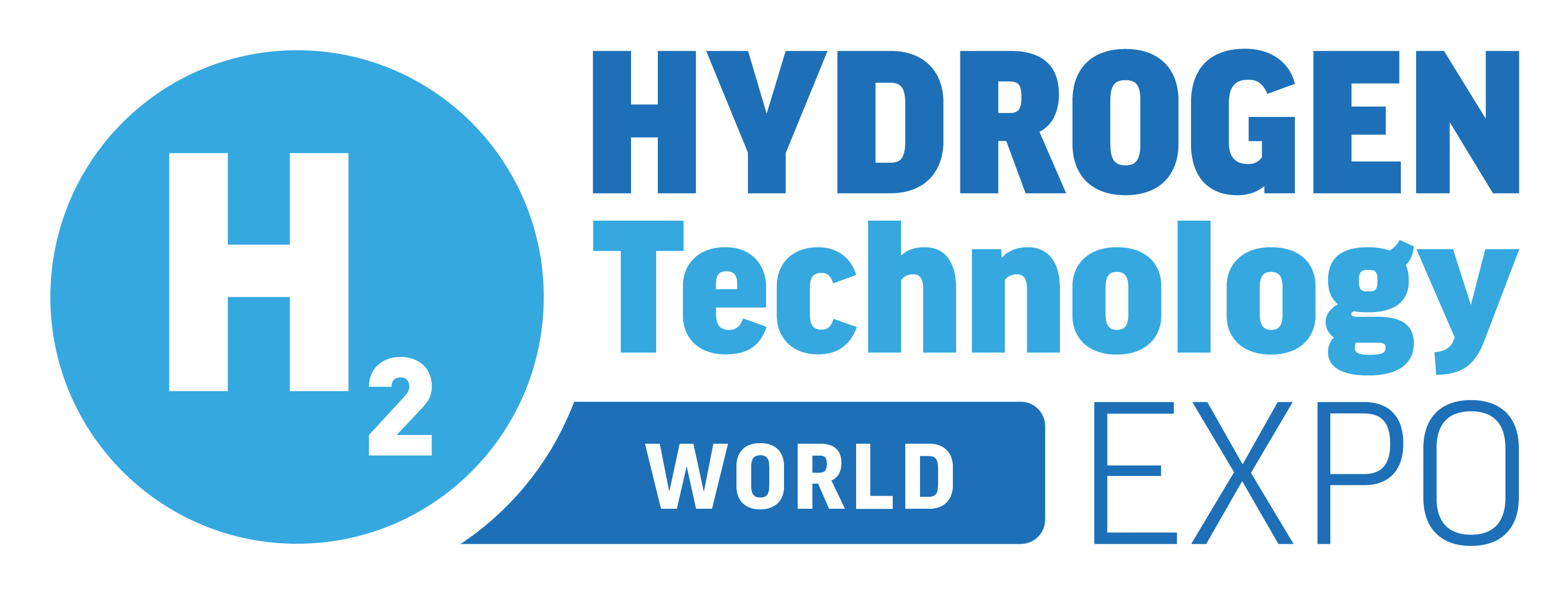Carbon Capture and Green Methanol Production Potential in the Pulp and Paper Industry
Most of the pulp and paper industry uses wood waste combustion in specialised boilers, also known as power boilers, to produce steam for its processes. This is in addition to the combustion of lignin and other organic materials to recover the Kraft process digestion chemicals in a specialised boiler, called Recovery Boiler. The steam of the recovery and power boilers is used to make power in a steam turbine generator with steam extractions for the plant processes. The power and steam can be considered “green” since, in stable operation, with no fossil fuel support, the energy was basically made from wood and derivates. The emission from these boilers is also green since the carbon originates from the wood and wood waste used in the Kraft process plant. If we combine hydrogen made from renewable or excess power from the steam turbine generator plus CO2 captured from the flue gases of the boilers, biogenic low carbon intensity methanol can be produced.
The presentation explores the potential of integrating a compact carbon capture and utilisation (CCU) technology with green methanol technology in a Kraft process plant. We employed electrolyser vendor data, plus in house data for KBR Carbon Capture rotating packed bed technology KCap and KBR Methanol technology PureM to evaluate the feasibility and costs of capturing CO2 emissions from pulp and paper mills and converting them into green methanol.
The levelised costs of each step of the process from green hydrogen, captured CO2 and green methanol is presented. The effects of the US Inflation Reduction Act and European carbon taxes are also evaluated. The results indicate that the implementation of CCU in the pulp and paper industry is feasible and is an excellent and abundant source of biogenic carbon to support the production of the volumes needed for green methanol for shipping fuel and chemical uses. These findings suggest that the pulp and paper industry can play a crucial role in the transition to a low-carbon economy by adopting innovative CCU technologies with smart integration with the process.





)
)
)
)
)
)
)
)
)
)
)
)
)
)
)
)
)
)
)
)
)
)
)
)
)
)
)
)
)
)
)
)
)
)
)
)
)
)
)
)
)
)
)
)
)

)
)
)
)
)
)
)
)
)
)
)
)


)
)
)
)
)
)
)
)
)
)
)
)

)

)
)
)

)
)
)
)
)
)
)
)
)

)
)
)
)

)
)
)
)
)
)
)
)
)
)


)

